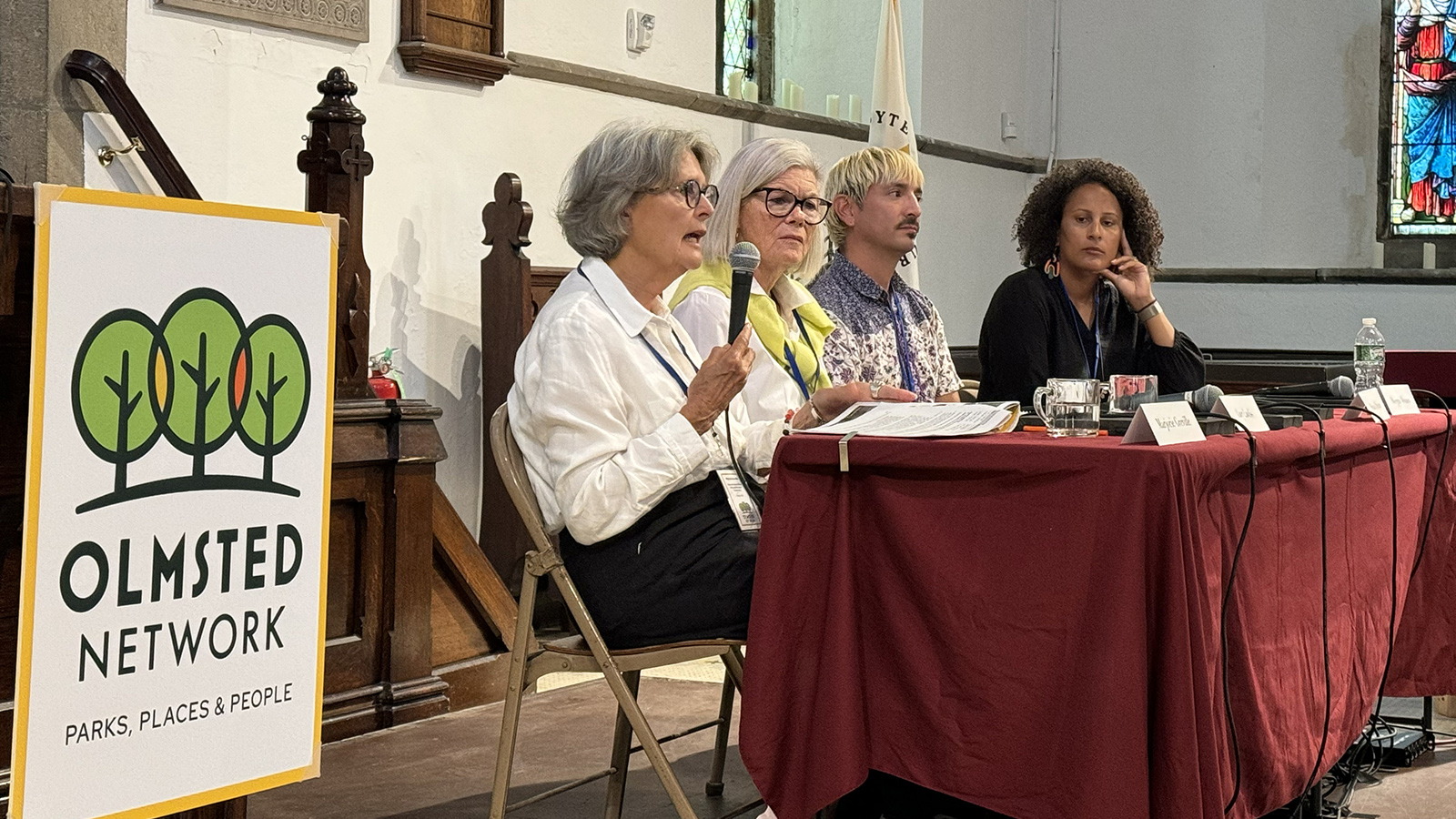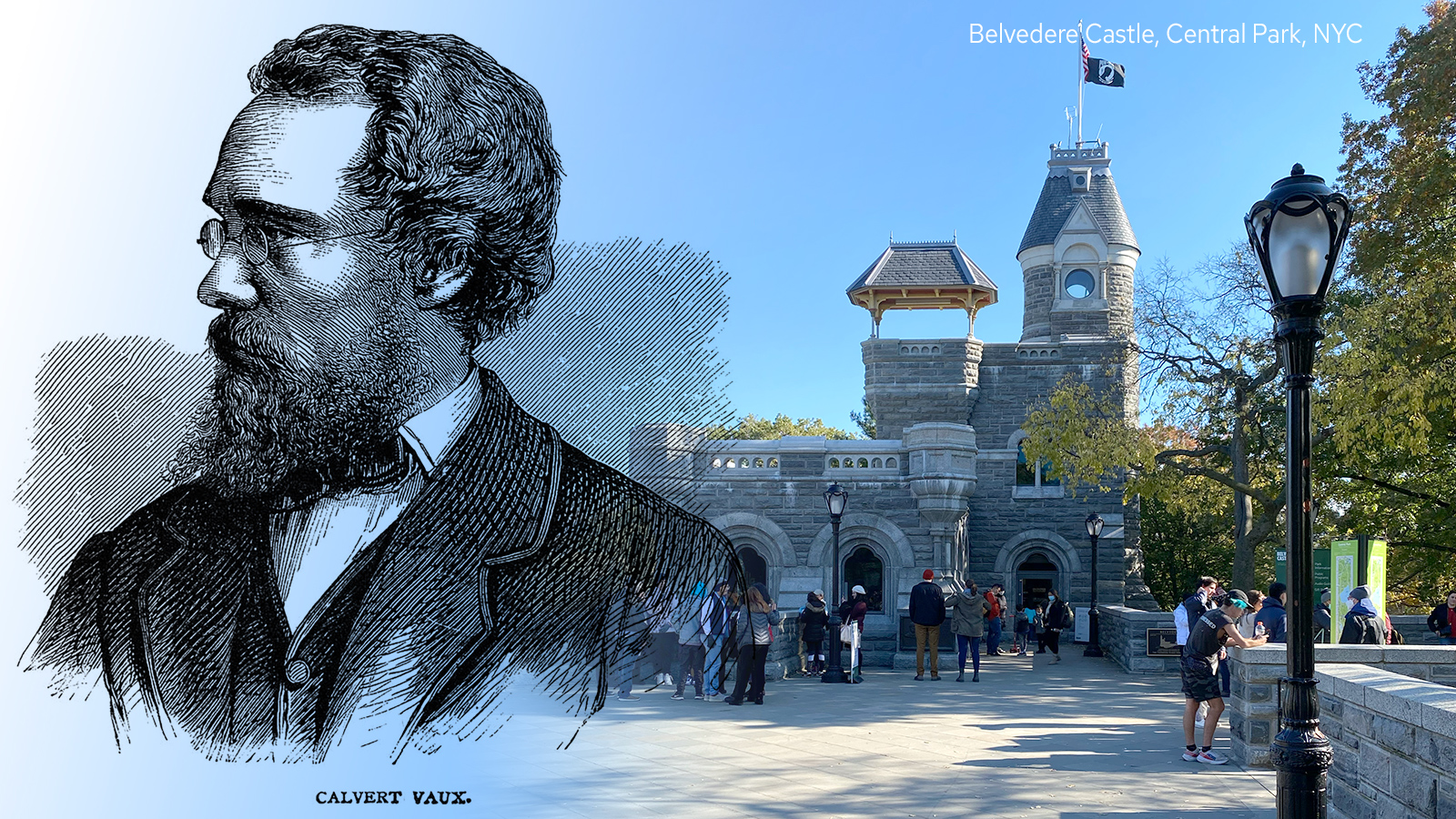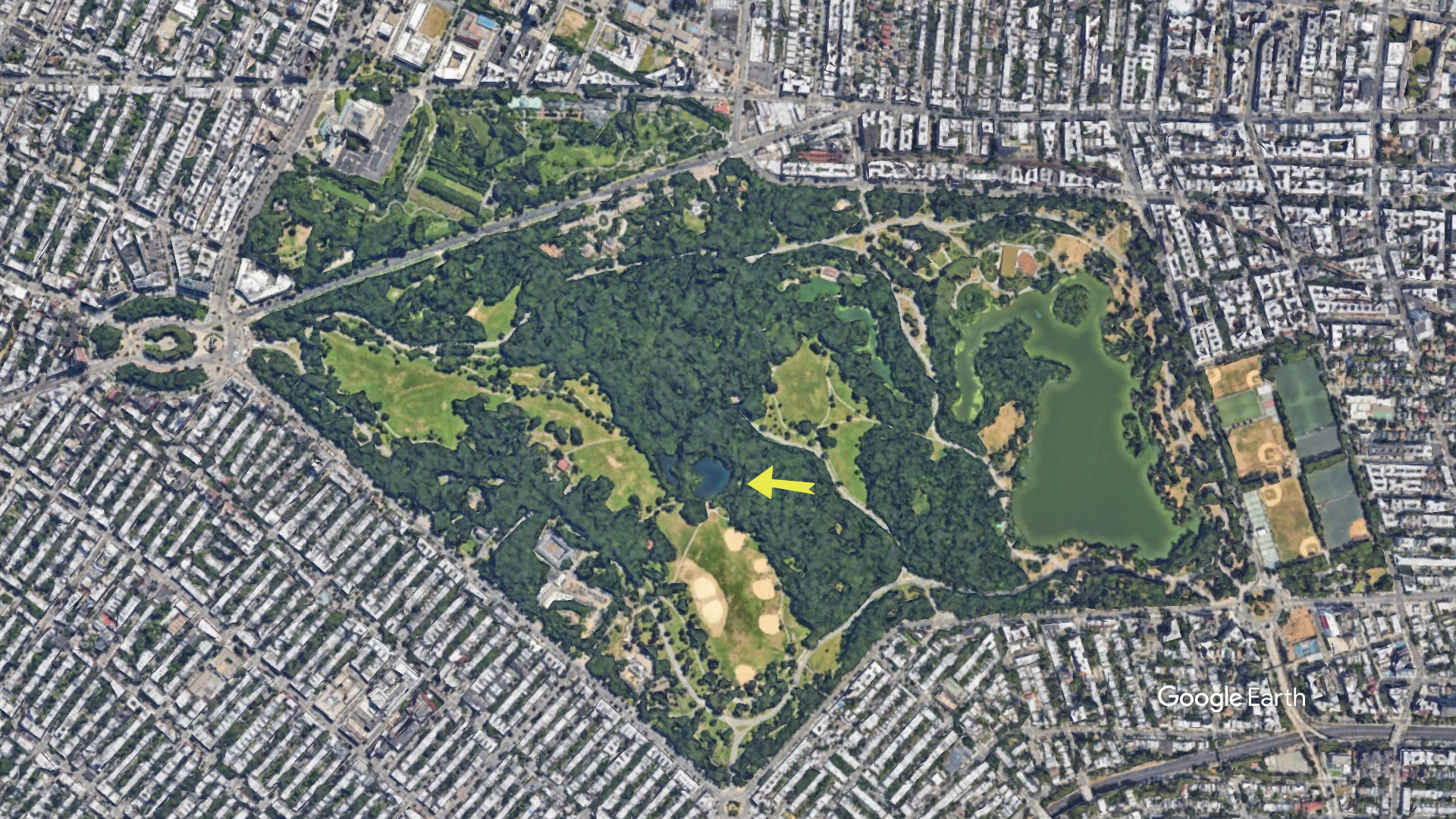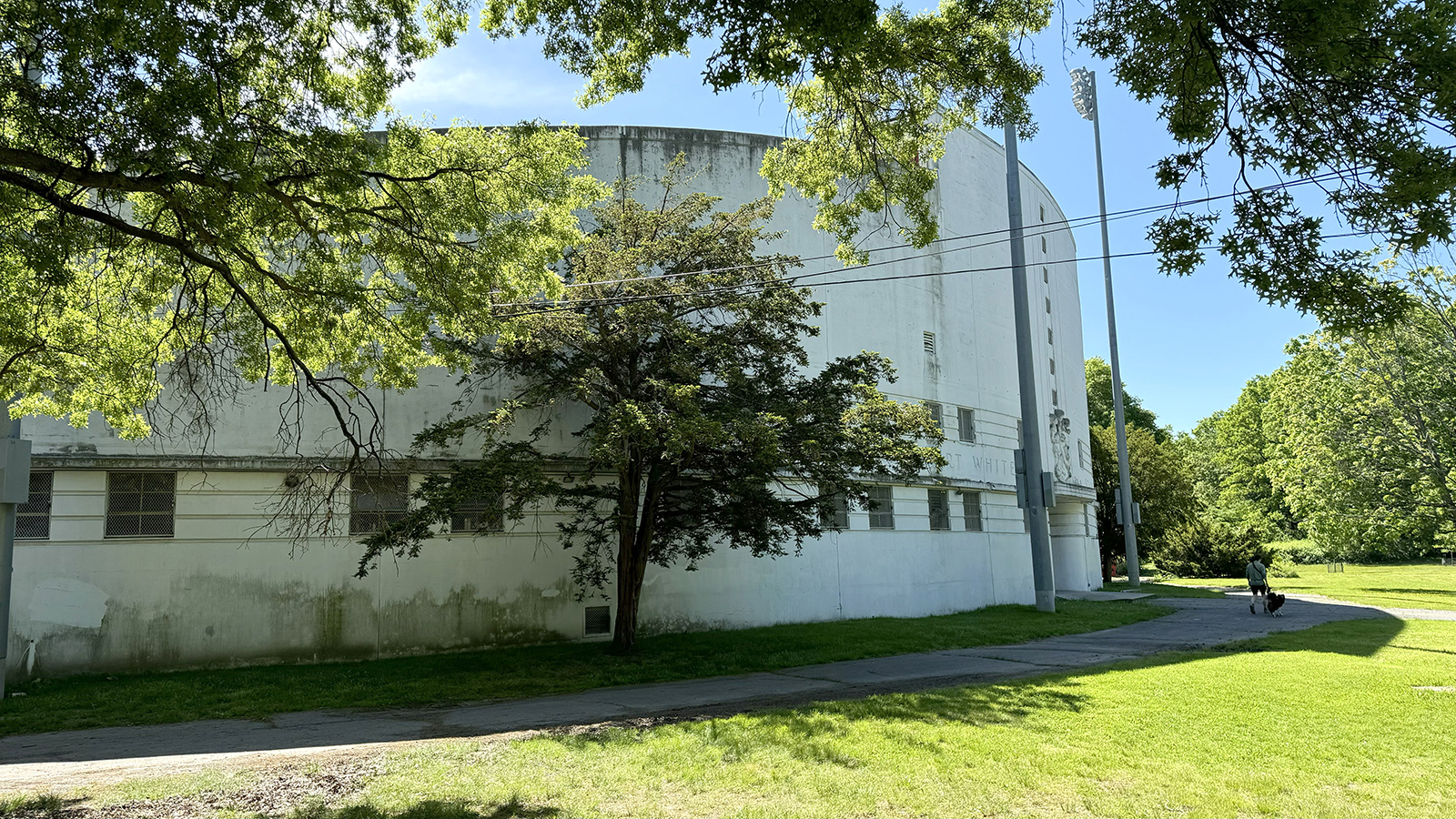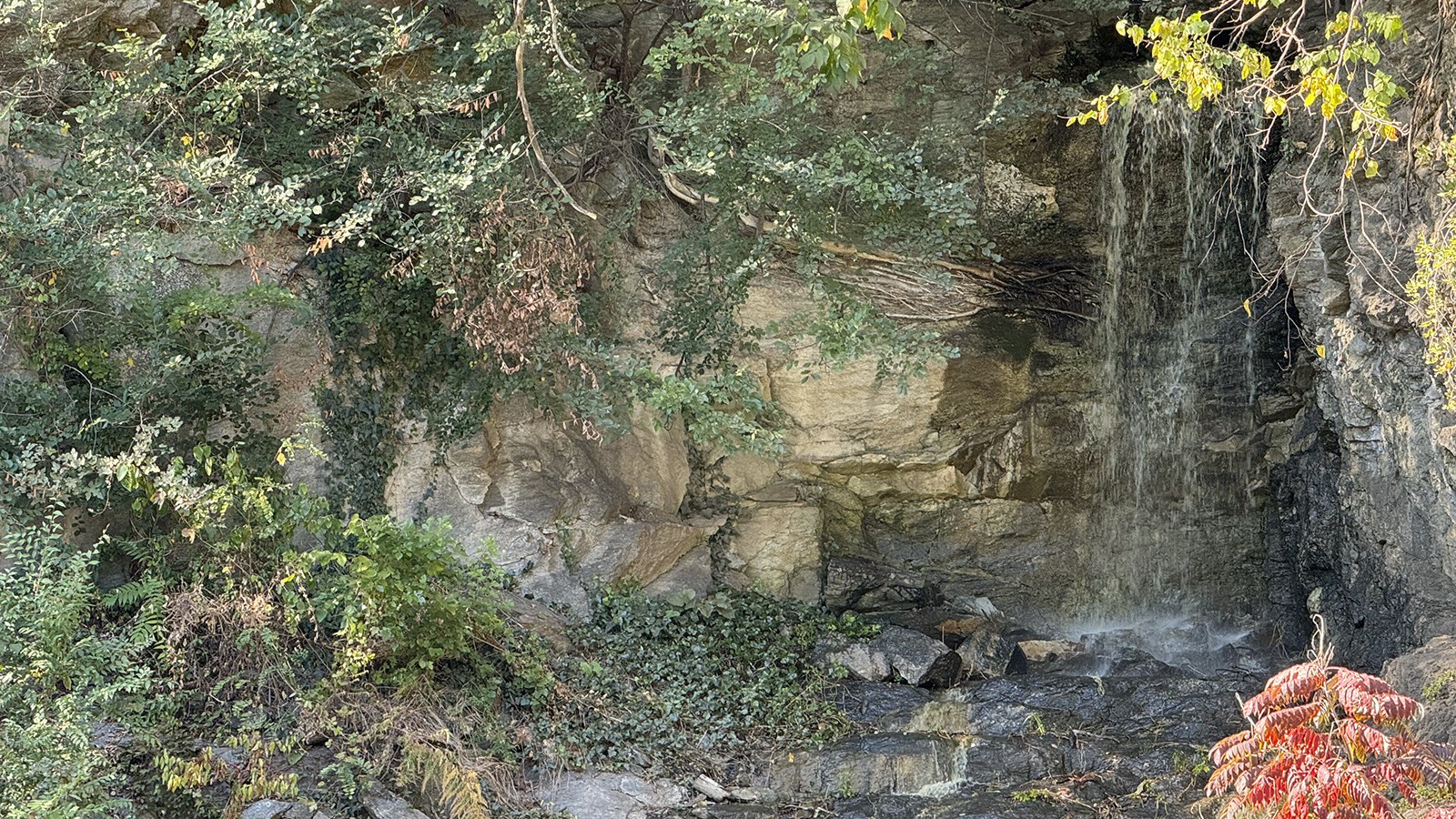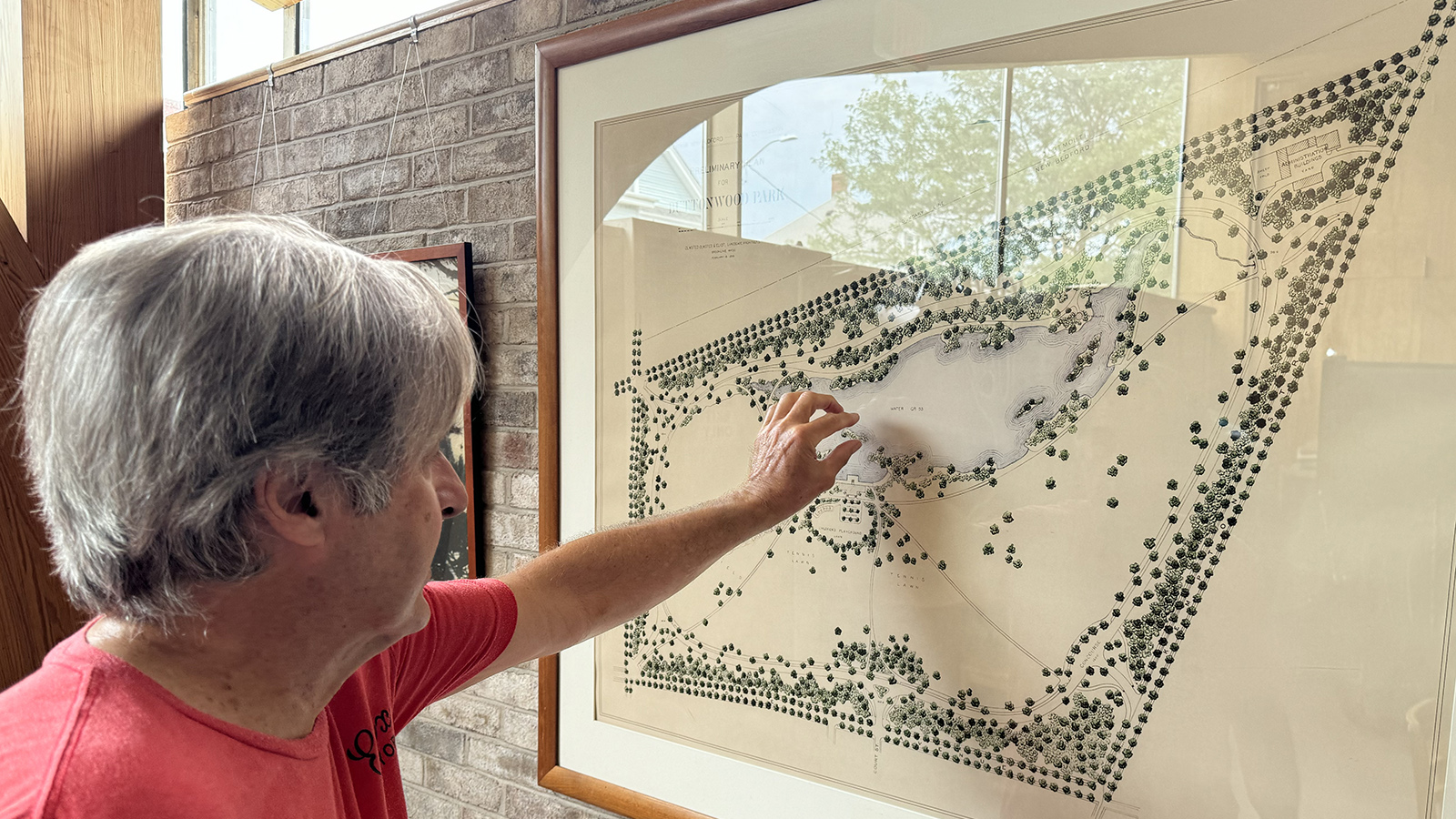
Louisville’s system of parks and parkways, designed by Frederick Law Olmsted and his sons, is one of only four completed parkway systems in the country. You can read about the other three — yes, all by Frederick Law Olmsted — here (Buffalo, Boston, Rochester). Today, the Louisville system includes 17 parks and six parkways that form the natural and historic backbone of modern Louisville.
Nearly 15 miles of tree-lined parkways connect Olmsted’s parks across the city with curving sidewalks and drives. Rather than constructing free-standing parks, Olmsted designed an interconnected system of parks, prompting Louisville’s reputation as the “ultimate” park system of his career. After Olmsted’s death, the Olmsted firm remained involved – creating smaller, inner-city parks to help bring Olmsted’s vision of democratic spaces to more parts of the growing city.
By the middle of the 20th century, however, Louisville’s parks were facing many challenges. An interstate highway was built through Cherokee and Seneca Parks, tornadoes ripped through the city in the 70s, and the parks suffered from general decline and disrepair. In the late 1970s, concerned citizens came together to establish the Friends of Olmsted Parks and to draw attention to the parks’ sorry condition. Thanks to their efforts, the city took notice, ultimately calling for the creation of the Olmsted Parks Conservancy in 1989 to help preserve and protect this unique urban green space, modeled after Central Park Conservancy in New York.
The Louisville system, the last one created by Olmsted, remains an extraordinary city asset. To learn more about these parks, visit the Olmsted Parks Conservancy website.
To meet Louisville’s Olmsted Parks leader and other Olmsted park leaders, watch Creating Parks for the Ages here.




